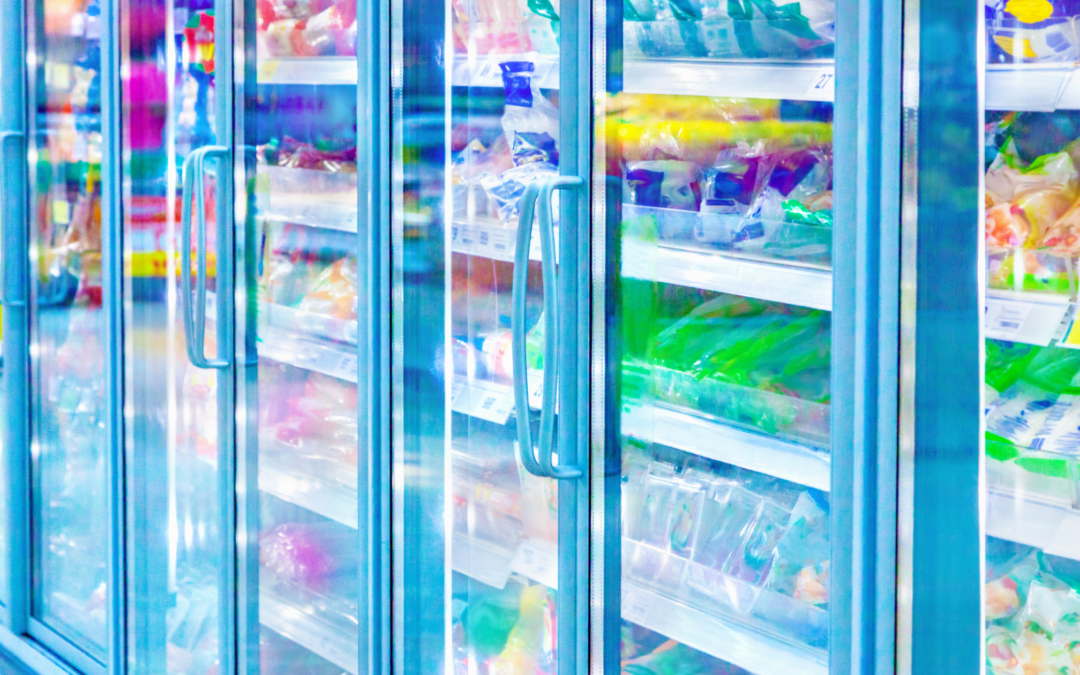If you want to learn how to package food for sale – you’re in the right place! Here’s what you need to know about food packaging requirements and how you can make the most out of your small business.
How to Package Food for Sale: Everything You Need to Know
Packaging Different Types of Foods
How you package your food will depend on the type of food it is. Each category needs to be packed in a specific way to ensure freshness, adhere to food safety guidelines, and maintain quality.
Canned Foods and Sauces
Salad dressings, condiments, and similar products are treated with heat to kill bacteria and then hermetically sealed to keep out pathogens that compromise shelf life. If you’re packaging a product that must be sterilized and sealed, it’s best to work with a lab that tests the safety of food products to ensure that your processes are safe and scalable.
Shelf-Stable Snack Products
Products such as crackers and cookies don’t need the same degree of processing, but the packaging can still affect the shelf life. If your product requires airtight packaging to keep it from growing stale, you should invest in vacuum packing and heat sealing equipment.
If you’re selling these products on a smaller scale and they’ll be consumed quickly, twist ties or zipper bags could be a solid option.
Shelf-Stable Dried Grains
Dried grains, beans, and pasta don’t need airtight packaging, which gives flexibility when choosing packaging materials (paper bags, cardboard boxes, and plastic bags are popular options). The long shelf lives of these foods can give off the impression that they will last indefinitely, but they still grow stale eventually, so they should be tested for shelf life and marked with pull dates.
Refrigerated Products
Refrigeration extends the shelf life of many food products by slowing down the growth of bacteria. It can also dry out food, so products stored in the refrigerator should be handled specially.
Cold food products can be packaged in containers that are sealed simply by closing (plastic containers with snap-on lids, jars with tops that can be tightened by hand, etc.). Adding a sticker/seal is recommended to make your product tamper evident.
Hot Prepared to Refrigerated Products
Foods that are prepared hot and put in the refrigerator (such as soup, prepared meals, etc.) should be completely cooled down before packaging to prevent condensation.
Frozen Products
Like refrigerated items, frozen products must be packaged carefully to avoid freezer burn. The freezing process extends the shelf life far beyond what refrigeration does (it’s more expensive and requires more equipment).
To prevent freezer burn, lower the temperature of your product before the freezing point as quickly as possible. If your product still contains a lot of moisture, wait to seal your packages until the contents are frozen solid. A blast chiller is a highly convenient tool to aid with this.
It’s also crucial to choose packaging materials that hold up in freezing temperatures and are thick enough to protect the food. Plastic bags that work for shelf-stable and freezable products may be too thin to protect frozen foods. Certain glass containers can shatter at freezing temperatures – always be sure to choose materials that can withstand the temperature at which you will be storing them.
Packaging Features For Your Small Business
When you’re choosing packaging for your business’s products, know that it will significantly affect the well-being of what you’re selling.
That’s not all, though – it also can alter how consumers will view your product and if they’re incentivized to buy it. Read on to learn about more important packaging features.
FDA Compliant Items
The FDA requires five key elements on a food packaging label. They’re found on the principal display panel and information panel.
- Statement of identity
- Net weight of the product
- Address of the manufacturer
- Nutrition facts
- Ingredients list
Correctly-Sized Packaging
A product should always have the correct size and shape packaging – a fundamental retail rule is that your packaging should never be larger than necessary. Extra material can affect the safety and condition of its contents. Plus, the consumer will be disappointed when they open a bag of potato chips only to find that it’s halfway full.
Food-grade poly bags are a top-notch option for small businesses selling edible products. If you need assistance picking the right size for your goods, take a look at our helpful measuring guide.
Branded Labeling
Designing the label for your product is one of the most exciting parts of starting a business! Choose your brand’s unique color scheme, fonts, and overall aesthetic. Don’t forget to include the product’s name, a description of the food, the address where it was made, and any other important information that the consumer would want to know (it’s organic, handmade, etc.)
Are you interested in getting custom-made food-grade poly bags? A-Pac Manufacturing Company has partnered with an industry-leading flexible packaging printer to offer custom-printed, high-quality bags. Our custom-printed bags can replicate any logo or color palette and can be made using flat bags, wicketed bags, zipper bags, gusseted bags, and poly bags with tape closure.
Purchase High-Quality Packaging For Your Business
Do you have more questions about packaging food for sale? Get in touch with A-Pac Manufacturing. We offer custom, food-grade poly bag packaging options with no minimum order and fast 2-3 week lead times. Get in touch with us or request a free quote today!
